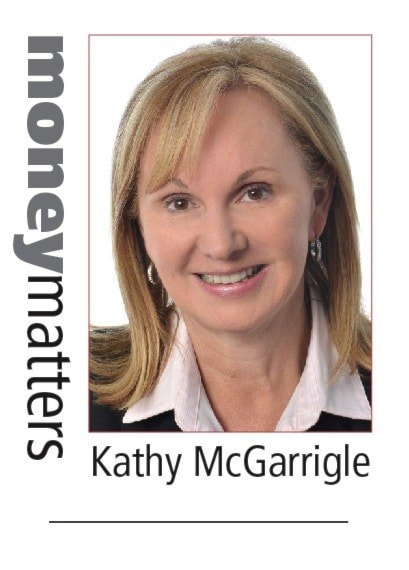The holidays are fast approaching and ‘tis not only the season to be jolly, ‘tis also a time we spend much more than in other months of the year.
According to the latest numbers available from Statistics Canada, Canadians spent $3.9 billion on food and beverages in December 2009, up 19 per cent from the previous month. More staggering is the $13.2 billion we spent on everything from sporting equipment and kitchen appliances to cosmetics and bake ware. These figures only reflect purchases made at large retailers so the total would actually be higher if you add smaller merchants.
If these numbers are any indication, we can expect to see a spike in spending this month and in December, in spite of all our attempts to resist the urge to splurge. So, for all you Santas out there, here are my tips to help ensure the holidays don’t leave an igloo-sized hole in your bank account.
List, budget and track your spending. It may sound Scrooge-like, but this is the most effective way to ensure there are no surprises when you open up your December statement. With all the parties, shopping expeditions and meals out, it’s easy to spend more than you can afford. Decide on gift purchases in advance and set yourself spending limits for all items. Then stick to them. You can even set dollar limits as a family on the maximum each person will spend on gifts and have a challenge to see who comes up with the best gifts for that amount. If you find this helpful, track your expenses in an Excel spreadsheet – having a visual record of your spending against your budget will make you more accountable. And you’ll feel great if you are able to come in under budget.
Research and shop around for the best deals. Prices can vary widely from one retailer to the other and from one brand to the next. Before you hit the mall, spend some time researching online and comparing prices. Check to see if you need all the features listed for a product and, if not, a different brand or model might save you a few dollars. Look out for special promotions and deals. You may also want to visit a few of the locations that sell the gift you are seeking so you can ask questions about features and pricing. Take down notes without making a purchase. Then evaluate what your learned so you can make the best decision on what to buy and where to purchase it.
Reduce or eliminate transaction fees. Unless you have a no-fee chequing account, paying with a debit card can become an expense in its own right, especially with the higher number of transactions you’ll likely complete over the holidays. Where possible, use a chequing account that doesn’t charge fees for debit card purchases, or shop in bulk instead of making several trips to the same retailer. This will help you avoid repeat fees as you check items off your holiday shopping list.
Choose debit (or cash) over credit. This will lessen the balance on your credit cards and in turn your monthly interest payments in 2012. If you use credit, do so sparingly and be sure to pay your balance off as soon as possible. Use credit cards with the lowest interest and those that offer insurance protection for gifts that require a warranty. Also, many retailers and credit cards offer loyalty points that can be redeemed for any number of household goods, electronics and cosmetics. If you have one of these cards, check to see if you’ve accumulated enough points to help with some of your holiday purchases.
Be fraud alert. As you make debit card payments, be on the lookout for debit-card skimming. This is where fraudsters capture the banking information of unsuspecting customers at point-of-sales terminals. Be extra vigilant when holiday shopping at retail locations you’re visiting for the first time and keep an eye out for anything that looks suspicious on or near the payment terminal. This type of fraud can also happen with compromised ATMs so it’s best to use secure ATMs at financial institutions you trust. For both ATM and debit card transactions, be careful to shield the keypad when typing in your PIN.
Online shopping is another avenue for potential fraud so as much as possible, make purchases from retailers you know and trust. If the site is encrypted to protect your information, it should display the padlock symbol in the address bar. Double-check that you have the correct web address for all businesses that you purchase from online and don’t proceed if you see anything unusual or suspicious.
I wish everyone a smart and safe holiday shopping season!
Kathy McGarrigle is Chief Operating Officer for Coast Capital Savings.
